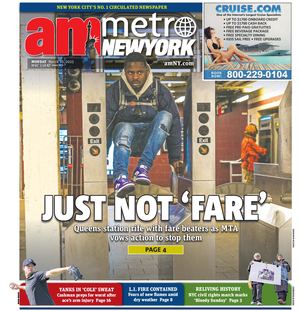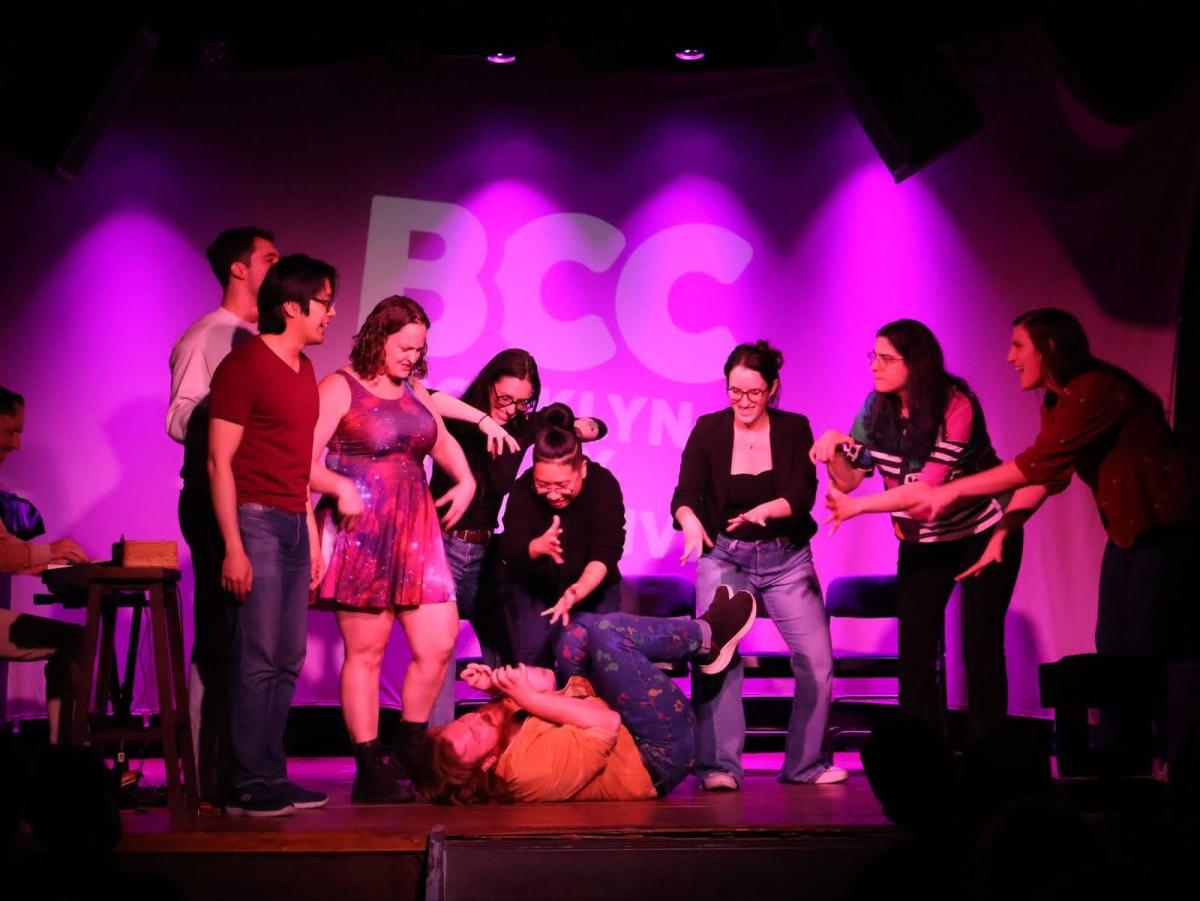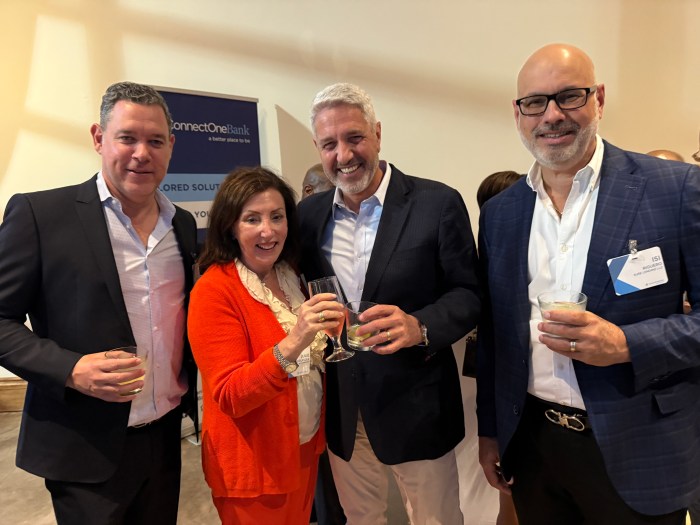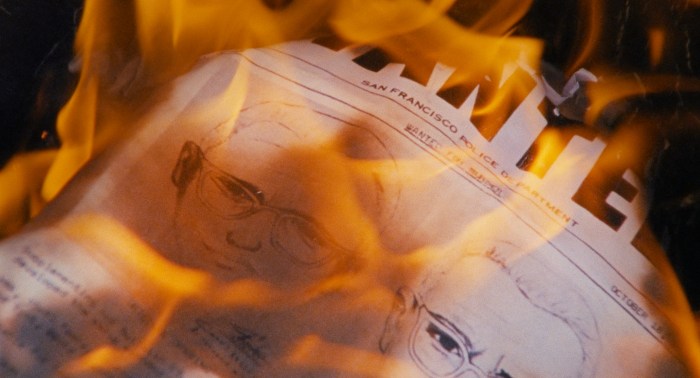For my family, waking up early again for work and school after the holidays — especially in this unexpectedly seasonal weather — was brutal.
But my husband and I were happy to begin Monday in an entirely gratifying way: with a 9 a.m. appointment at the Brooklyn Public Library to get our IDNYC cards.
The city’s free identification card attracted attention recently because of some major banks’ ridiculous and unfair refusal to accept it as official identification. But the card — more than 700,000 of us have signed up so far — is a policy triumph.
The card’s purpose is to ease daily life and work for immigrants here illegally, as well as for New Yorkers who lack ID (entering many Manhattan office buildings requires some form of identification).
If only immigrants here illegally used it, the card might carry a stigma. But to inspire New Yorkers of all stripes to sign up, the ID card gives its holders memberships to a stunning list of cultural institutions, including the Metropolitan Opera House, the Brooklyn Children’s Museum and the Museum of Modern Art. This makes New York City’s cultural riches much more accessible to everyone.
In the middle of the last century, according to historian Joshua Freeman’s book “Working-Class New York,” ordinary New Yorkers enjoyed the city’s high culture.
In 1942, to meet the widespread demand for “culture at reasonable prices,” Mayor Fiorello La Guardia established the City Center for Music and Drama. It had its own opera company; top admission was $2. You could also go hear a symphony outdoors at City College for 50 cents. Today, the MoMA, for instance, costs $25 per person — out of reach for many working and middle-class families. But with IDNYC, it’s free.
I was inspired to get the card after an astonishingly expensive family visit to the MoMA last month.
Not only does it help newcomers and convey a message of inclusion — wonderful, especially in this season of immigrant-baiting Republican presidential candidate Donald Trump — the card will also greatly enrich our leisure time and our minds.
That can’t be bad.
Liza Featherstone lives and writes in Clinton Hill.

































